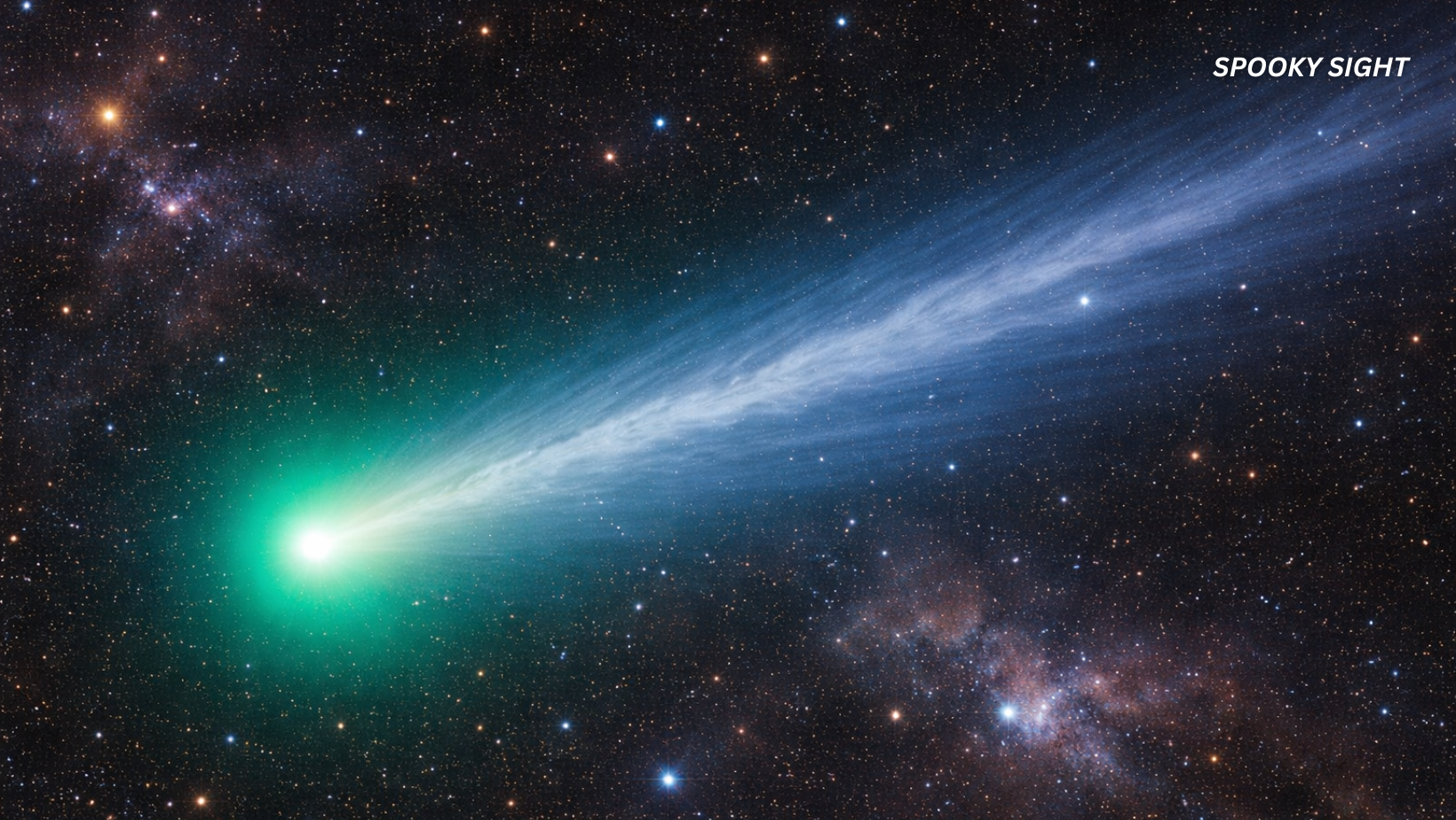The vastness of Earth’s oceans remains one of the greatest mysteries known to humankind. While it is widely acknowledged that over 70% of the planet is blanketed by water, it’s far less commonly realized that a mere 5% of that underwater world has actually been explored. This staggering statistic leaves a colossal 95% of the ocean shrouded in mystery—a realm largely hidden from the gaze of both scientists and explorers alike.
Much of what exists below the surface is still waiting to be discovered, studied, and understood. Research missions are conducted regularly to uncover the strange phenomena and life forms that thrive in one of the most extreme environments on Earth: the deep sea.
The Inhospitable Frontier Below
Exploring the deep ocean presents a set of challenges that remain difficult to overcome, even with the aid of modern technology. The complete absence of sunlight renders it perpetually dark. The water pressure increases exponentially with depth, reaching levels so intense that it could prove fatal to unprotected human bodies within seconds. Temperatures are near freezing, and food is scarce. Despite these unforgiving conditions, life finds a way.
Out of these dark and pressurized waters, some truly bizarre creatures have emerged—evolved specifically to thrive in conditions that most living organisms would find utterly uninhabitable. What follows is a list of some of the most peculiar and intriguing creatures to ever be discovered in the deep sea, each one stranger than the last.
1. Atlantic Wolffish (Anarhichas lupus)
A creature that looks more like a movie monster than a real animal, the Atlantic wolffish is equipped with powerful jaws and an intimidating set of teeth that are always visible—even when its mouth is closed. These fish dwell in the colder waters of the North Atlantic, often at depths between 200 and 500 meters.
Rather than hunting for large prey, the wolffish prefers to feast on hard-shelled sea creatures such as sea urchins, crabs, and mollusks. Its strong jaws and uniquely shaped molars allow it to crush the toughest exteriors with ease. Despite its fearsome appearance, the wolffish plays a vital role in maintaining the balance of oceanic ecosystems.
2. Japanese Spider Crab (Macrocheira kaempferi)
At first glance, this enormous crustacean resembles a creature from a sci-fi film. Known for its astonishing leg span—sometimes reaching up to 12 feet—the Japanese spider crab is the largest known arthropod in existence.
These crabs can be found in the deep waters off the coast of Japan, usually residing around 300 meters below the surface. Despite their menacing appearance, they are mostly scavengers, feeding on dead animals and organic debris that sink to the ocean floor. Their long limbs serve not only as mobility aids but also as tools to search the sediment for food.
3. Giant Squid (Architeuthis dux)
For centuries, tales of monstrous sea creatures terrorizing ships captivated the imaginations of sailors. Many of those legends were later linked to sightings of the elusive giant squid. Growing up to 43 feet in length, these colossal invertebrates are among the largest living creatures in the deep.
Giant squids inhabit depths that can exceed 1,000 meters. Rarely seen alive by humans, much of what is known about them has come from carcasses that washed ashore or were found in the stomachs of whales. Equipped with massive eyes, thought to be the largest in the animal kingdom, the giant squid is perfectly adapted to the dim conditions of the deep.
Read more: We Don’t Give ‘Uglier’ Animals The Love That They Need — Leading to Conservation Concerns
4. Goblin Shark (Mitsukurina owstoni)
This living fossil is one of the most nightmarish-looking creatures ever to be pulled from the deep. With its elongated snout and protrusible jaws, the goblin shark has been dubbed the “vampire of the sea.”
Found mostly at depths of around 100 to 1,200 meters, these rare sharks use their sensitive snouts to detect electric fields emitted by prey. Once located, their jaws spring forward at lightning speed to snatch unsuspecting animals. Despite its fearsome features, the goblin shark poses no threat to humans and is rarely encountered.
5. Blobfish (Psychrolutes marcidus)
Few animals have achieved viral fame quite like the blobfish. Known for its droopy, gelatinous appearance when brought to the surface, the blobfish looks very different in its natural deep-sea environment, where the extreme pressure helps maintain its structure.
Native to the waters off the coasts of Australia and New Zealand, this fish typically dwells around 600 to 1,200 meters below the surface. It lacks a swim bladder and instead relies on its low-density, jelly-like body to hover just above the seafloor, where it consumes edible matter that floats by.
6. Giant Tube Worm (Riftia pachyptila)
Discovered near hydrothermal vents deep in the Pacific Ocean, giant tube worms represent one of the most remarkable examples of life adapting to harsh environments. These creatures can reach lengths of up to 8 feet and are found at depths exceeding 2,500 meters.
Lacking mouths, stomachs, or digestive systems, they survive by forming a symbiotic relationship with bacteria that convert toxic chemicals from the vents into usable energy. These towering worms live in colonies and have been described as one of the best illustrations of life’s resilience in the face of adversity.
7. Giant Isopod (Bathynomus giganteus)
Imagine a pill bug the size of a football. That’s essentially what the giant isopod is—a distant cousin of the tiny woodlouse, but blown up to monstrous proportions. These scavengers inhabit the deep waters of the Atlantic, Pacific, and Indian Oceans, usually at depths between 170 and 2,140 meters.
Feeding primarily on the remains of dead whales, fish, and squid, giant isopods can survive long periods without food. Their hard exoskeletons protect them from predators, while their antennae help them navigate through the darkness of the ocean floor.
8. Dumbo Octopus (Grimpoteuthis spp.)
One of the more endearing deep-sea creatures, the dumbo octopus was named for the ear-like fins on the sides of its head that resemble the Disney elephant’s ears. These octopuses are found at extreme depths, some as deep as 7,000 meters, making them the deepest-living of all known octopus species.
Unlike their more aggressive cousins, dumbo octopuses are gentle and slow-moving, using their fins to “fly” gracefully through the water. Their diet consists mostly of crustaceans and worms, which they swallow whole using their beak-like mouths.
Read more: 12,500-Year-Old Rock Art Depicts Creatures Once Thought To Be Extinct Long Before Humans
9. Anglerfish (Lophiiformes)
Easily recognized by the bioluminescent lure that extends from its head, the anglerfish has become an icon of deep-sea oddities. This appendage, which glows thanks to bacteria, is used to attract unsuspecting prey directly to its razor-sharp teeth.
Anglerfish are found at depths ranging from 200 to over 2,000 meters. In some species, a remarkable form of parasitic reproduction is seen—males latch onto females with their teeth, eventually fusing into their bodies and becoming permanent mates.
10. Comb Jelly (Ctenophora)
Despite its name, the comb jelly is not actually a jellyfish. These delicate, translucent creatures glide through the water using rows of tiny cilia that beat in synchronized waves. When light hits these comb-like structures, a mesmerizing rainbow effect is produced, making them appear almost magical.
Found in both shallow and deep waters, certain species of comb jellies thrive in the darkest reaches of the sea. Many are bioluminescent, glowing with soft blue or green light to deter predators or communicate with one another.
A Glimpse Into the Unknown
These ten creatures are just a handful of the countless organisms that call the deep sea home. As technology advances and more expeditions dive into the abyss, it’s expected that many more bizarre and otherworldly species will be uncovered.
What’s most remarkable is not just how strange these animals appear, but how they’ve managed to evolve and adapt to such a hostile world. From crushing pressures and utter darkness to frigid temperatures and a lack of food, the deep ocean is one of the least forgiving environments on Earth. Yet life, in its most astonishing forms, continues to flourish there—quietly and mysteriously, far beyond the reach of sunlight.
The mysteries of the deep are far from fully revealed, and with each passing year, new discoveries add to the growing fascination with Earth’s final frontier.
Featured image: Freepik.









